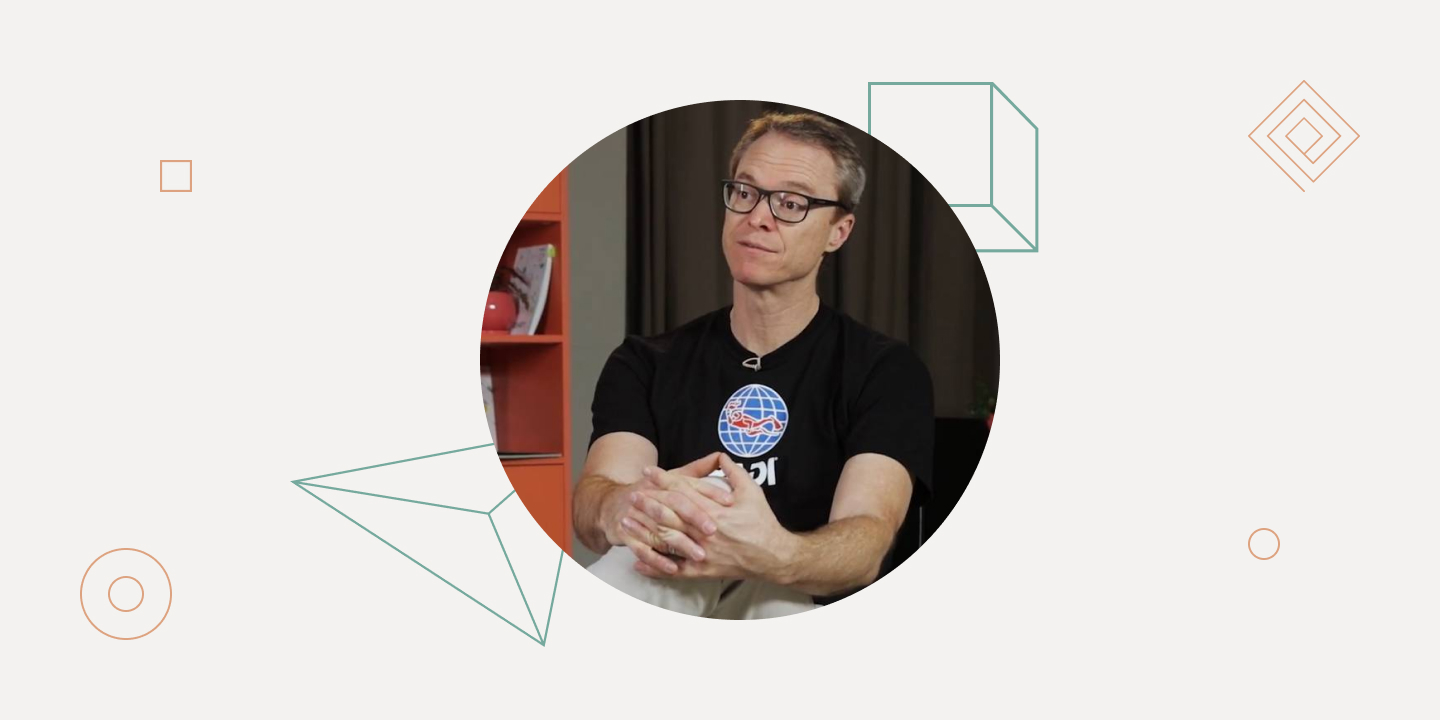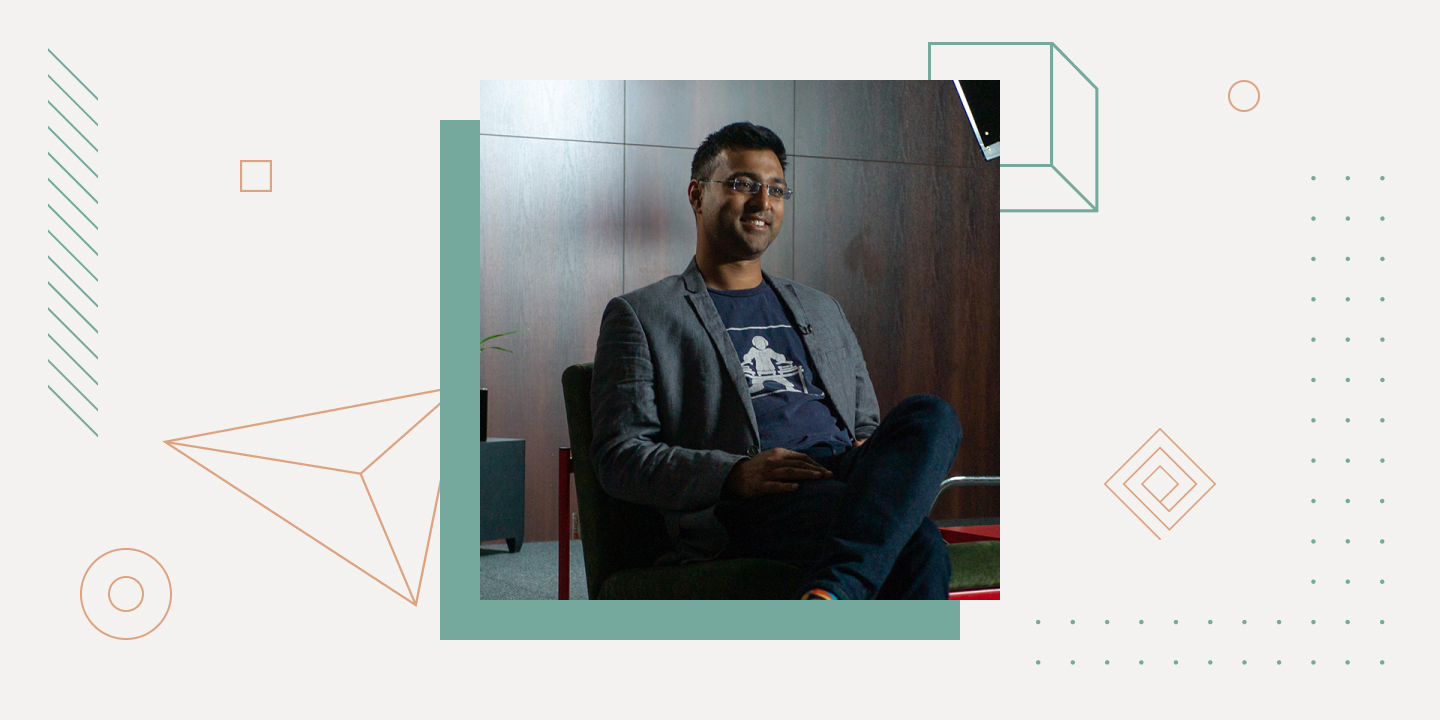How To Build Meaningful Relationships with Children
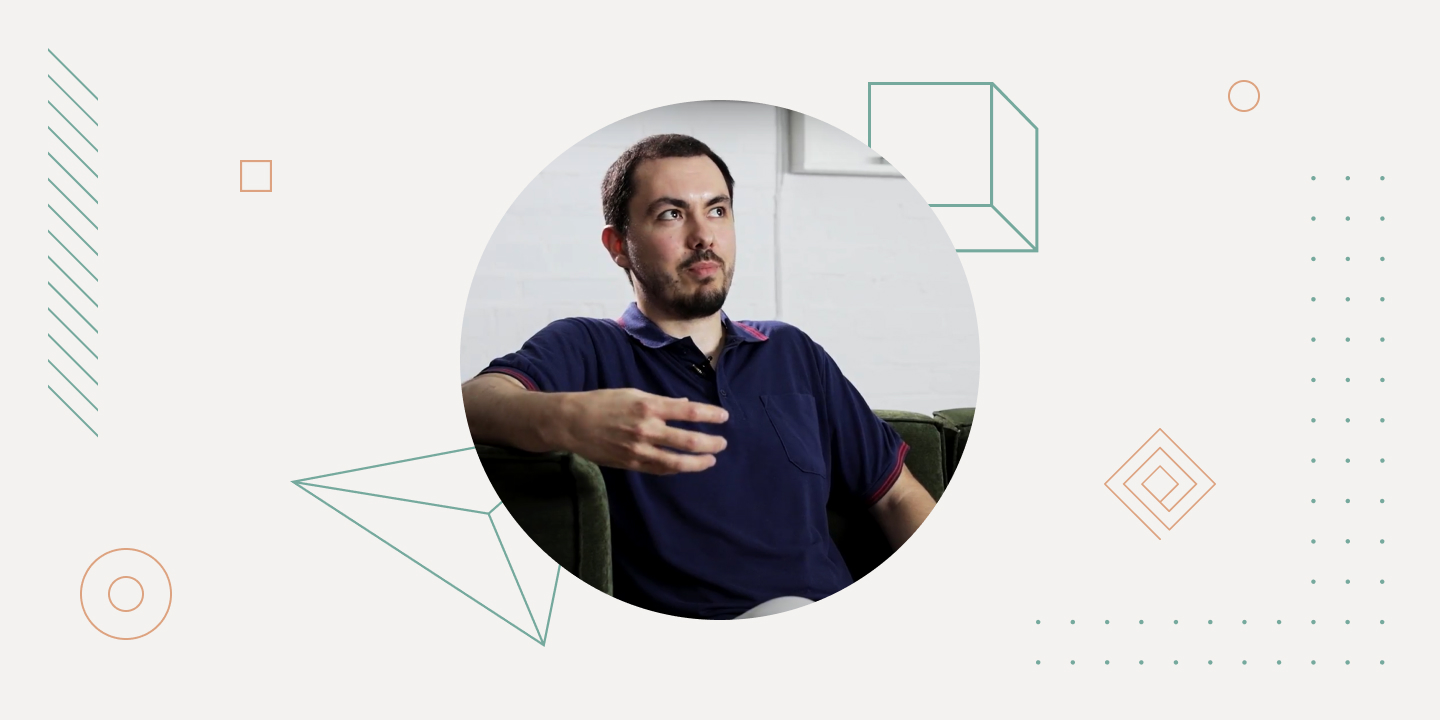
The overuse of technology has leapfrogged all other parental worries to occupy the top spot, according to the annual Brigham Young American Family Survey. A more worrying conclusion of a study of family media habits is that the time that kids spend online is not at all influenced by their parents.
Dmitry Kompanets realized that part of his job as a parent was to help his kid make sense of this increasingly technological world. Dissatisfied with existing messenger services, he decided to create a new platform with one simple goal: to help build meaningful connections between parents and their kids.
“Choose a job you love, and you will never have to work a day in your life” is a piece of ancient wisdom Dmitry implemented while creating one of his business ventures. In this interview, we’ll learn how the original idea evolved, discuss the challenges of motivating customers without being too annoying, and explore ways to build a business with impact.
Connecting Generations
What is your role with StoryTold, and what exactly is it?
My name is Dmitry Kompanets, and I am the Founder of StoryTold, a service that brings parents and their kids together through meaningful and personal storytelling.
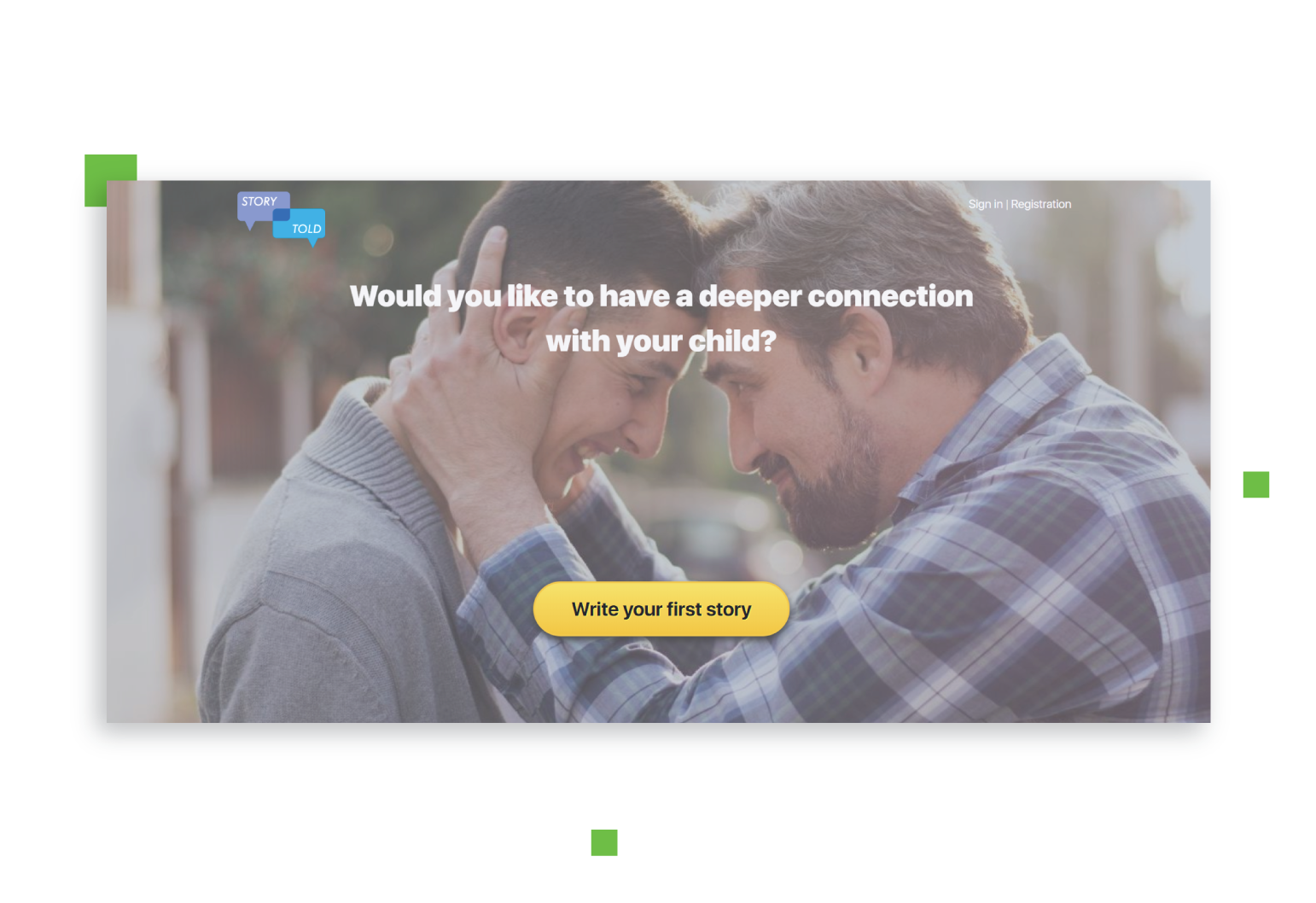
Your first project was called eye2eye. How did you come up with the original idea?
The initial product was based around a messenger designed to meet specific communication needs between parents and their children. It started as a solution to a personal problem: communication with my eight-year-old son, who has been living abroad for the past three years. We talked using a variety of messengers and video services, but live contact was secondary.
How did you approach turning what you’d like to see in a service into an actual product?
It seems that I tried all of the possible messenger and video communication services, none of which really met my needs as a parent. Thanks to my entrepreneurial skills, I approached the problem as a possible business opportunity, and in 2015 I decided to build my own version of a messenger app. We launched our MVP the following year, and have considerably updated the concept based on feedback from the initial user focus group of over 70 families.
What was the initial customer feedback like?
The first feedback was honestly underwhelming: while parents rated our application sort of nice-to-have, we found out that it would be hard to build a real business with our project, as it would have never been able to successfully replace situational messengers like WhatsApp, Viber, and Skype. Being a messenger service moved the focus away from the parent-child communication features that were key to us, so in 2017 we made a deep pivot by moving closer to meaningful storytelling that stems from the communication between the parent and the child. That valuable dimension was really missing from the market.
We interviewed more families, did additional market research, conducted more market testing, and eventually arrived at what became the StoryTold project.
What is StoryTold
So the idea evolved from eye2eye to StoryTold. What exactly is StoryTold now?
StoryTold is a personal communication platform for children and their parents that works via short stories. We help parents to choose a topic, help them during the writing process with hints, image suggestions, help with narrative structure. We essentially help parents transform their stories into a narrative that would be cool to read from the kid’s perspective.
How exactly do you achieve that?
We have developed two separate interfaces for parents and kids. Parents see a more classical representation similar to what apps like he Evernote or Facebook look like on a computer, an interface they’re familiar with. Kids, who typically don’t use computers but are more likely to use mobile phones, get an app similar to Snapchat’s Discover Stories, which changes parents’ stories into formats that work well with kids. This means more animation, movement and a cool interface that the kids are familiar with that helps them absorb the messages and ideas that their parents want to communicate.
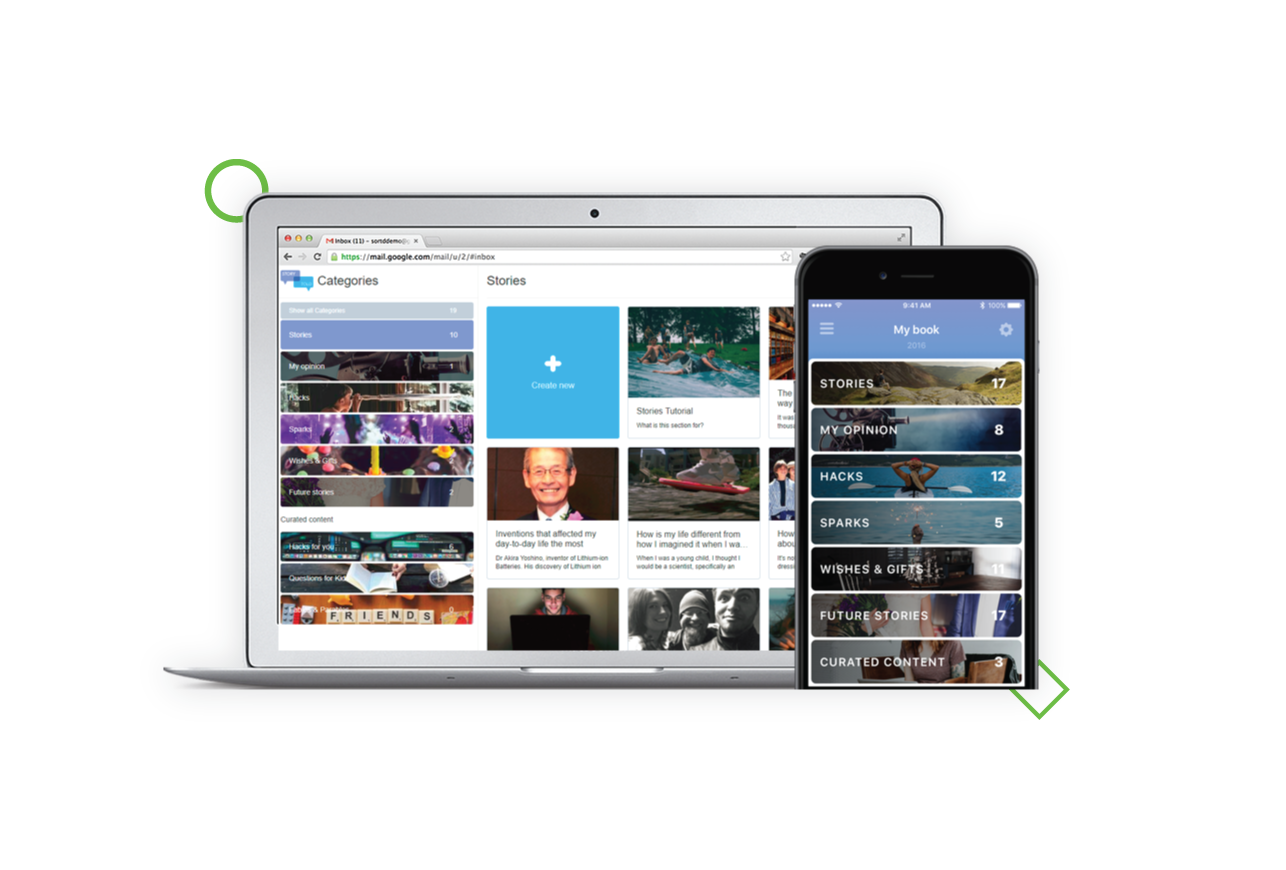
The generation gap is now wider than ever. How does it affect the parent-child relationship? What new problems are parents experiencing?
The generation gap is widening, and kids are increasingly more online compared to their parents. No matter the age of their parents, kids find most of their information on YouTube. They absorb new technologies much faster, and parents are always falling behind. This widening gap causes kids to drift away: they stop asking parents questions that previously only they could have answered, since YouTube not only gives answers, but also shows them. However, once the necessity of the parent-kid interconnection is gone, it’s not only the amount of time they spend together that decreases. Online distractions increase for everyone, and the quality of the remaining communication often fails to meets the quality expectations of both the kids and the parents.
The result is that the connection between kids and parents weakens much sooner – before kids turn twelve – and by the teenage years, this problem gets even worse. While online technologies have given us many new opportunities, they have also created the necessity to be mindful and resolve communication problems even between close relatives.
The generation gap has always been there. But in the modern world, it’s expanding. Every study shows that kids spend more time online than their parents. When they do spend time together, during those few minutes families rarely know what to discuss, what to talk about. This gap, in terms of a real and deep understanding of each other, is growing. Parents eventually become only the providers of the roof over their kids’ heads, money and food, while kids slowly drift away to YouTube and other media where they get answers and information about how to solve problems from other influencers, but not from their parents.
How can Storytold help improve the parent-child bond in this new era?
Parents eventually cease to be important in their children’s lives, and this is exactly the problem we are trying to prevent. We aim to maintain a deeply personal connection between kids and their parents through in-depth personal stories. Stories where parents share what they themselves were like at their kids’ age, stories about their friends, about their failures, hobbies that their kids may have not even suspected their parents had. In the end, kids and their parents become closer and develop a shared understanding. They begin to develop trust and start sharing their problems.
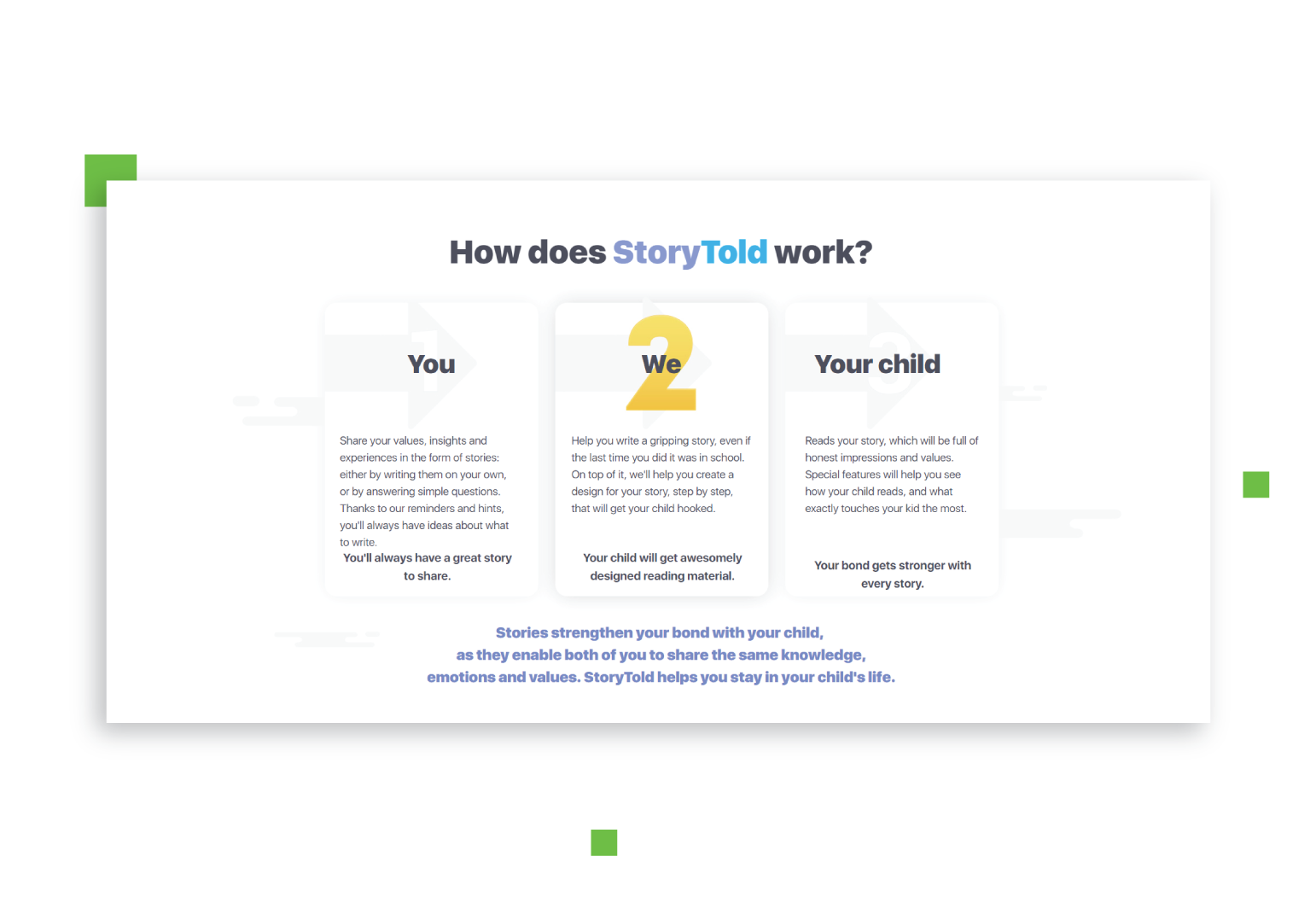
You pay a lot of attention to the needs of divorced parents and parents who need to travel frequently. How does StoryTold help them stay closer to their kids?
There’s no guarantee that parents who seem to think they have a perfect relationship with their 10-year-old will be able to communicate once their kid enters their teenage years. We want to ensure that the parent-child connection doesn’t disappear once their kid enters the turbulent years, and we really hope that their connection will be lifelong. Storytelling is not a method we invented, but we do believe it works. We just went with the short story format.

The Customer Development Approach
You’ve used the customer development approach to build StoryTold. What are the main lessons you learned?
Customer development, to me, is a very important part of the product development process. Besides the fact that I began looking for a solution based on my own personal problem, I conducted close to 100 hours of interviews with parents who had a variety of problems: some work too much and rarely sees their kids; some are separated; some live together, but already lack an understanding of their children. These interviews, with the right kinds of questions based on research, helped me get insights and identify the deepest problems in order to build the first functional product version.
The MVP, though, is only the beginning. The MVP is needed not only to get superficial feedback like what the users think, but to get analytics as to how customers use the product. We’ve built a number of analytical tools that help us evaluate which factors help motivate the parent to write, which factors motivate kids to read and comment on stories, which types of stories resonate, and what features are used the most. All of this information is not only gained from personal interviews, but is supported by the application analytics. Of course, we never actually read the real stories, but only track application events. Our customer development story is really never-ending, and we don’t envision that we’ll ever be done with it. This will be a constant, ongoing process.
You managed to increase user engagement and stickiness in your app. What are the main tricks you’ve used?
One of the key problems we identified with our application is parents’ laziness. Parents understand the importance of storytelling, that it is useful, helpful and is an investment in their future relationship with their kids. Still laziness eventually triumphs. They all are very motivated at the start, write a couple of stories, but then they find new distractions that cause communication to suffer.
To fight this, we’ve built an entire motivation system that uses a variety of tools: Segmentation, Amplitude, and Outbound. These help parents stay motivated to write new, interesting stories that they will enjoy writing. To do this, we’ve created 40 parent categories, meaning that a working mother of a twelve-year-old daughter will get an entirely different motivational push notification than a divorced father of a six-year-old son would see. We’ve fine-tuned the system for nuance, and timing, and having spoken with users about this system, we’ve learned that they o perceive these messages not so much as distractions, but as timely and useful reminders to do an important task. This does increase product stickiness and engagement. Parents, as a result, use the app more often and improve their communication.
For a more technical dive into how we optimized user engagement and more on the tools we used, I can recommend an article I was interviewed for.
How do you get customers to sign up? What’s your marketing team like?
In terms of the marketing, lead generation and user acquisition, we rely heavily on two main sources. First is our content team, which publishes articles about storytelling and how to deal with communication problems between kids and parents that are especially relevant today. This is really a new field, and there are no competing platforms where parents can share stories this way. The closest we’ve seen is people opening Gmail accounts and giving kids access to them once they turn 18. Otherwise, there is no product like ours out there. This is a new direction, so content marketing is big for us during the awareness stage, with content writers, proofreaders, and publishing. The second part is pay-per-click marketing, where we target parents during the consideration and decision stage. That’s when we introduce our platform, its advantages, and show prospective users how the problems they’re having can be solved with the help of StoryTold.
Read more: How to Create a Project Management Communication Plan
What are the most important questions parents should ask themselves while raising their child?
The main question that parents should be asking is what will happen to the relationship with their child in five, ten, twenty years. Even if parents are happy with the current relationship – when they are in control, buy the best toys and protect their kid – this is no guarantee of a sunny relationship ten years down the road, when their kid’s attitude towards their parents will most likely be radically different.
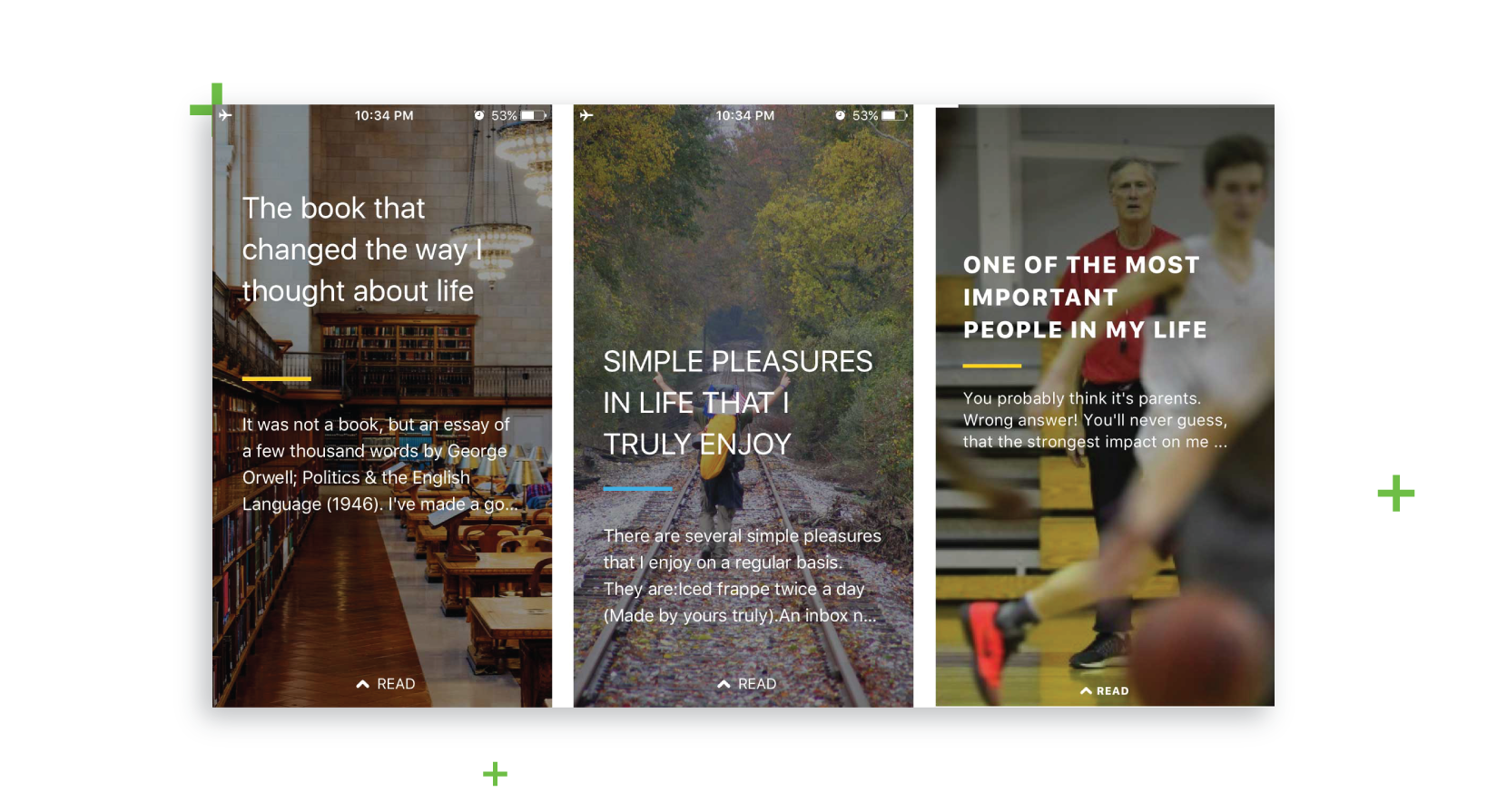
We’re really trying to succeed at laying the foundation for real, strong and deep relationships that will further develop with trust and understanding for many years to come. We aim to convince parents to de-prioritize the short-term mindset that focuses on clothes, gadgets, and academic success, and switch to a longer-term view, to what comes next. This is where stories help best. Messages and letters eventually disappear – but stories, they’re always there. You can always come back to them. In StoryTold, they’re categorized by topics and themes that help maintain that special bond between parents and kids.
Looking Ahead
What do you think our future is going to be like?
In terms of the future, I can’t predict all of it. But I do see the role of artificial intelligence increasing, not in terms of robots coming to take all our jobs. But I do think automated algorithms will slowly seep into our lives to help us do what we don’t do, what we can’t do, and what we forget to do. In terms of communication between parents and children, in terms of learning, I believe that artificial intelligence and automated algorithms will start to play a bigger role in helping us raise our children in a not-too-distant future. If we as parents entrust hours and hours of our children’s time to electronic nannies without a clear understanding of what exactly our children are learning and how competent their “teachers” are. Relying on the right educational concepts, stories, and ideas transferred to artificial intelligence may help us arrive at a more viable way to raise our children in the future. Of course, parents themselves won’t go away, but even now parents don’t spend that much time with their children. Our vision is that one or two hours of parents’ time with children in the future may be augmented by AI with the right algorithms, also with the help of StoryTold.
What do you personally believe in?
I believe that in the near future our children will be raised, maybe not by robots, but with the help of artificial intelligence. Many problems we see with adults now stem from childhood. People go to psychiatrists to discover which problems they developed in childhood, because of something wrong that was said or done to them as children. I do think that algorithms can help lower that negative influence. This has the potential to create a future where we can all live with less emotional baggage, where kids are not treated as kind of a captive with two prison guards who have not necessarily been trained to be good parents, but most likely have outdated skills based on how their parents raised them. We see a future where we all can grow up better, happier and without unnecessary problems.





